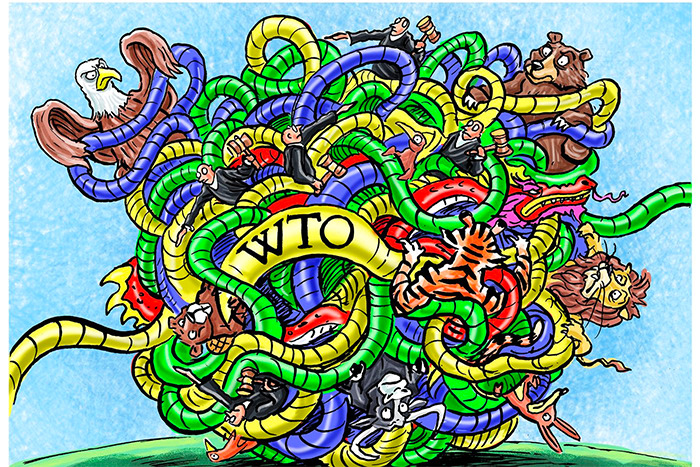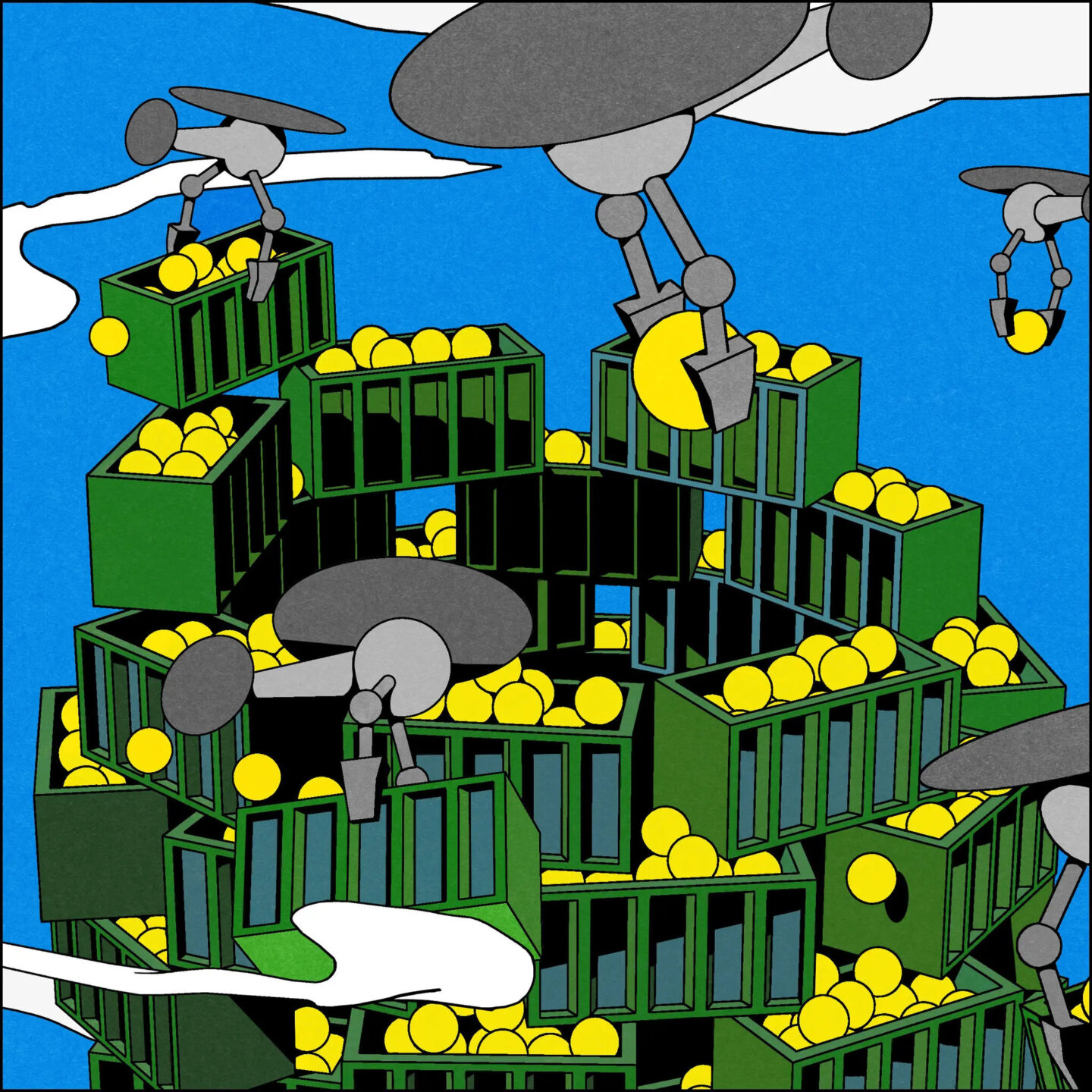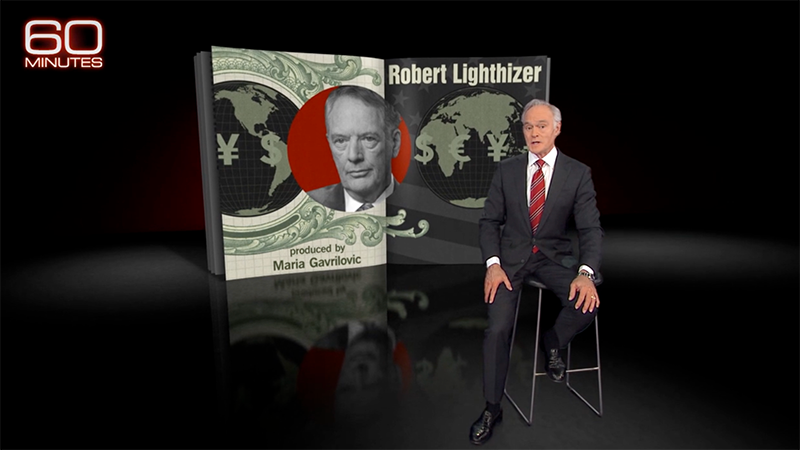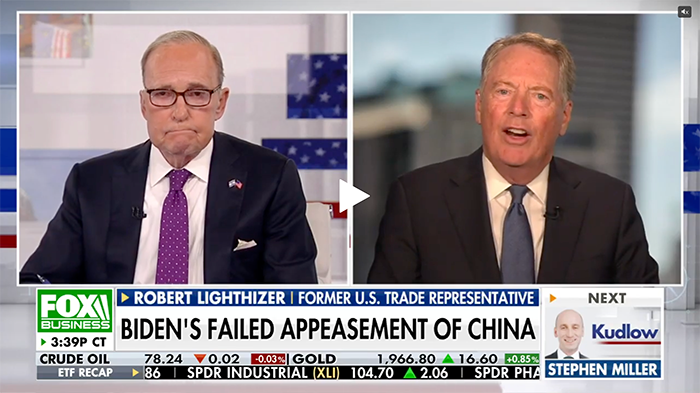There seems to be a growing international consensus for a “reset” of the World Trade Organization—and for good reason. The international trading system has devolved into one of wildly uneven tariffs, rules that apply to some countries but not others, and scores of so-called free-trade agreements that in many cases codify protectionism and undermine the core WTO principle of most-favored-nation treatment. At the same time, the WTO’s dispute-settlement system rewards litigation over negotiation and has attempted to create a jurisprudence often divorced from the text of the rules agreed to by the WTO’s member states.
It’s helpful to recount how we got to this point. After World War II, a new global trade regime was established through the General Agreement on Tariffs and Trade. The system was based fundamentally on the principle of nondiscrimination, which gave rise to most-favored-nation rules requiring that GATT members treat each other equally. Members also committed themselves to future negotiations on new rules to liberalize trade and promote market reform.
Not every country liberalized at the same rate. The U.S., Western Europe and Japan led the way, lowering their average tariffs to the low single digits by the early 1990s. Developing countries maintained much higher tariffs and were also entitled to “special and differential” treatment, which absolved them of certain trade obligations altogether. The expectation was that these countries would agree to reduce tariffs and to adhere fully to the rules as they developed. From the signing of the GATT in 1947 to the conclusion of the Uruguay Round in 1993, there were eight successful rounds of multilateral trade negotiations.
The pattern ended after the WTO’s establishment in 1995. One reason is that countries have turned increasingly to litigation rather than negotiation to resolve trade disputes.
Under the WTO’s two-tier dispute-resolution system, an expert panel makes the first assessment of whether a country is in violation of the WTO rules. The losing country then can take the case to the Appellate Body. The Appellate Body was intended to have a limited role, quickly correcting errors of law, not fact. But over time it came to see itself as something else—a high court empowered to create a new common law of free trade.
The undemocratic, overreaching tendencies of the Appellate Body have damaged both the global trading system and the U.S., which found itself on the receiving end of a quarter of all cases filed at the WTO. While America has often won these cases at the panel stage, the Appellate Body has consistently reversed those decisions by interpreting the WTO rules in ways that diminish rights and create new obligations not found in the text. Over time, our major trade competitors like China found they could use the Appellate Body as both a sword and a shield, successfully challenging U.S. trade-remedy laws that prevent our market from being flooded with dumped or subsidized products, while skillfully exploiting the system to escape accountability for their nonmarket behavior.
If countries can advance their interests through litigation rather than negotiation, the incentives to negotiate are greatly diminished. It therefore is unsurprising that there have been no successful rounds of multinational tariff negotiations since the establishment of the WTO. Continuing negotiations over fisheries and digital trade are slow going at best. This institutional paralysis has also prevented WTO members from addressing the profound distortions to the world economy that result from China’s nonmarket practices, such as excess capacity, forced technology transfer, subsidies and the activities of state-controlled enterprises.
As multilateral trade negotiations have foundered, the most-favored-nation norm has eroded as well with the proliferation of bilateral free-trade agreements that discriminate in favor of preferred trading partners. By entering into trade deals with smaller economies—72 at last count—the European Union has effectively resurrected the system of colonial preferences that prevailed in the pre-GATT era. The EU uses its trade deals in many cases not to advance trade liberalization, but to force other countries to adopt thinly veiled protectionist measures like “geographic indications,” which prohibit the use of common labeling terms for wine and food items produced outside the EU.
Piecemeal reforms will not suffice to pull the WTO from its current rut. But member nations could move forward by recommitting to the principles of market reform and most-favored-nation status.
First, WTO members need to agree on baseline tariff rates that apply to all, with minimal exceptions. A good starting point would be benchmark rates based on the average tariffs in industrialized countries, with limited deviations for each member to address its own political sensitivities.
Second, we need to end the free-trade-agreement land grab. Except for agreements intended to foster regional integration among contiguous states—like those governing trade within the EU, or the U.S.-Mexico-Canada Agreement—WTO members should be required to extend genuine, unconditional most-favored-nation treatment to one another.
Third, countries with large or advanced economies should not have access to special and differential treatment. If the WTO rules truly embody world-class standards to which all should aspire, China, India and other advanced economies should follow the same rules that bind America, the EU and Japan.
Fourth, the WTO needs new rules to stop the economic distortions that flow from China’s state capitalism. It’s impossible to sustain public confidence in an international trade system when nonmarket practices destroy prospects for workers and businesses around the world.
Finally, the WTO’s dispute-settlement system should be totally rethought. The current two-tier system should be replaced with a single-stage process akin to commercial arbitration, in which ad hoc tribunals are impaneled and resolve particular disputes in an expeditious manner. The rulings of these one-off panels should apply only to the parties in the dispute, and not become part of an ever-evolving body of free-trade jurisprudence. Rather than give the losing party an automatic appeal to a judicial body, there should be a mechanism that allows the WTO membership to set aside erroneous panel opinions in exceptional cases.
The alternative to a WTO that is truly committed to most-favored-nation norms and focused on multilateral trade negotiations is a purely bilateral system. The U.S. could adapt to the latter but is willing to work with like-minded nations to achieve the former. The status quo is not an option. The upcoming selection of a new WTO director general is an opportunity for a candid dialogue about the future of the global trade system. The U.S. is ready to be an active, constructive participant. I hope our fellow WTO members will do the same.







